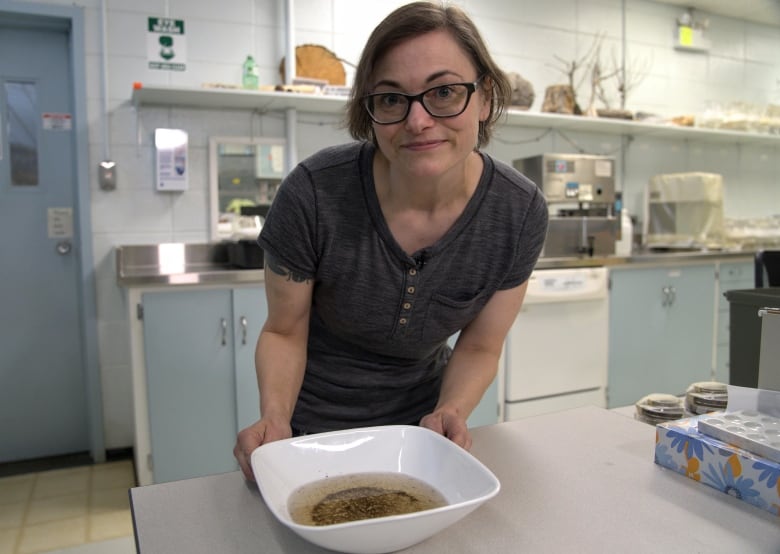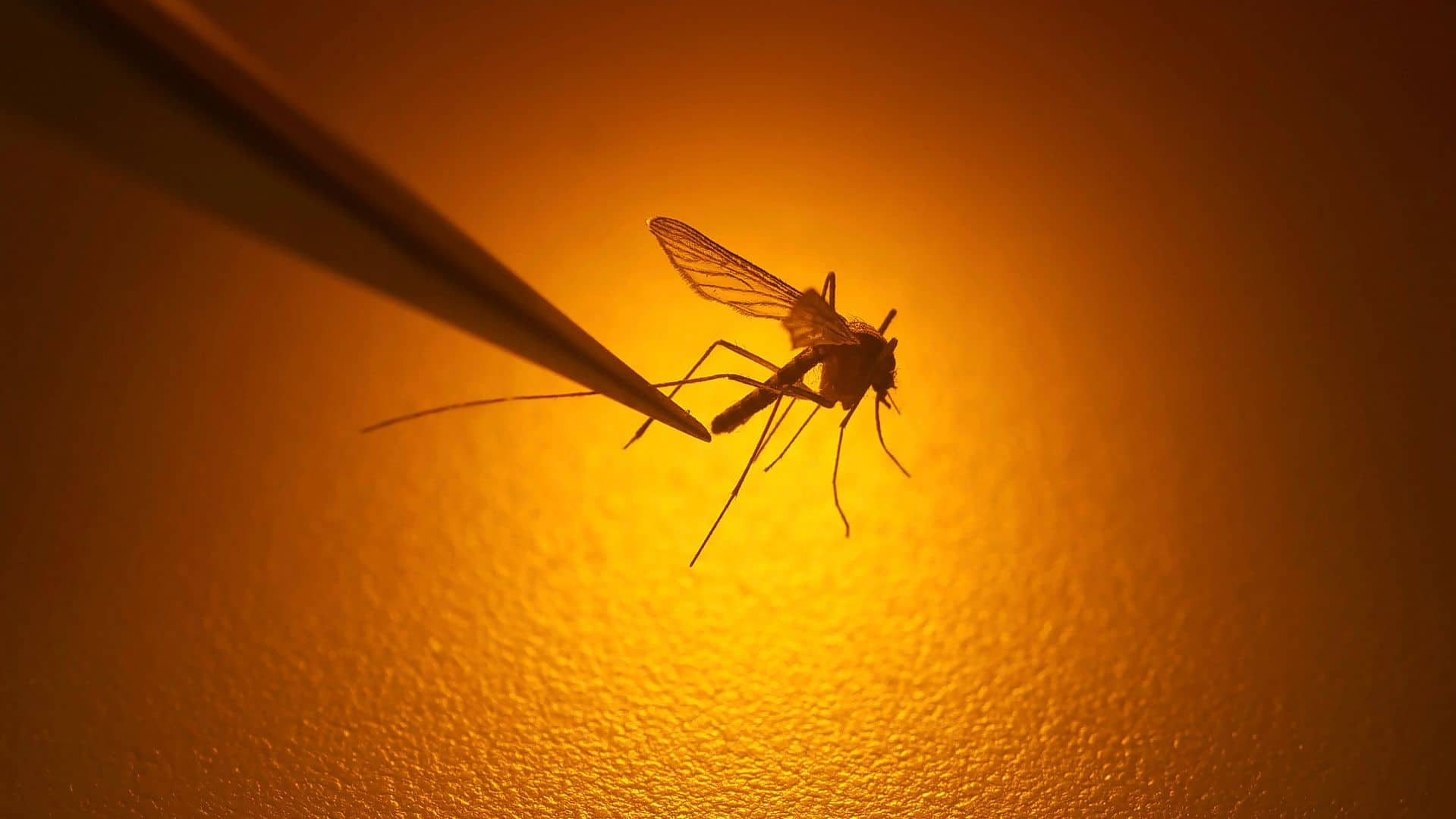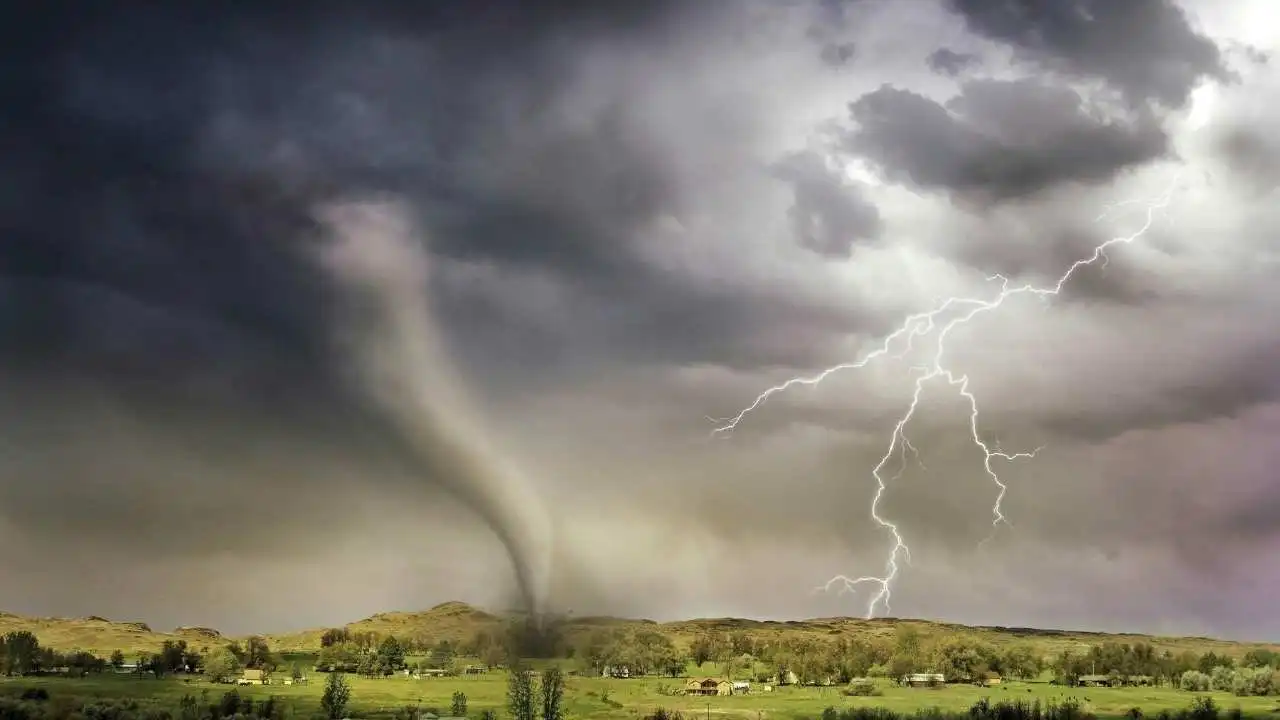The urban mosquito is thriving further north than ever and scientists are concerned

In a laboratory in Edmonton, employees use long silver tweezers to pierce piles of mosquitoes. They sort not only to determine how bad the next few weeks will be for the summer pests, but also to see if a new species emerges on the scene.
In 2019, the city’s pest control program first noticed something different in the mosquitoes staff were catching. The following year, they confirmed the presence of the Culex pipes, also known as the common house mosquito. It is more commonly seen in Eastern Canada, where Toronto has been targeting the bug since 2003.
Known as a city mosquito, it lays its eggs in standing water. Typically in the Prairies, the most common mosquito, the Aedes vexanslays eggs in vegetation around bodies of water – usually relying on high rainfall to hatch.
This week, Sarah McPike, a senior biotechnologist with the City of Edmonton, discovered a flurry of Culex pipes larvae and pupae in just an inch of water at the bottom of a garbage can in her backyard.
“We’ve actually seen it start to blossom,” McPike said.
Earlier than predicted
In 2012, researchers predicted that between 2020 and 2080, Culex pipes could live in more northern climates due to both climate change and the insects’ ability to survive the winter by moving indoors.
“It seems to have happened and a little bit ahead of schedule,” McPike said. “So it seems that climate change is driving some of these new insects to come here.”
John Soghigian, an assistant professor of parasitology at the University of Calgary, is exploring the implications if this species makes its home in Alberta. But because it’s so new to this region, there are more questions than answers.
“We don’t really know exactly how Culex pipes survives the winters in Alberta,” Soghigian said. “We don’t know enough about it.”

West Nile vector
Culex pipes known to transmit West Nile virus, a disease found in birds that can be transmitted to humans and animals. It can lead to serious illness, including brain swelling.
Until now, the only mosquito in Alberta that could spread the disease was the Culex tarsalis. But it’s not often found as far north as Edmonton
The pipiens mosquitoes lay their eggs in birdbaths, clogged gutters, even tarps, where moisture can accumulate. It can take about a week for the egg to become an adult mosquito, the Centers for Disease Control.
Cities like Toronto have carried out larvic identification programs targeting catch basins where the Culex pipes will often lay their eggs. McPike said the City of Edmonton is now looking at their own program to address the emerging bug.

According to Soghigian, the number of invasive mosquitoes moving north is growing. Aedes albopictus is another he is concerned about.
That mosquito is known to transmit the Zika virus and dengue fever. It has settled as far north as Windsor, Ont.
The Culex pipiens, or city mosquito, has not yet been found in Saskatchewan or Manitoba, but Soghigian believes it will continue to adapt.
“I think there is a growing awareness that with climate change and with the increasing number of invasive mosquitoes in Canada, this is going to be a problem that is not going to go away and we need to start addressing it,” Soghigian said.
The type of mosquito that carries West Nile virus, culex pipiens, thrives in stagnant water in cities. It has now been proven that they can also survive prairie winters.





